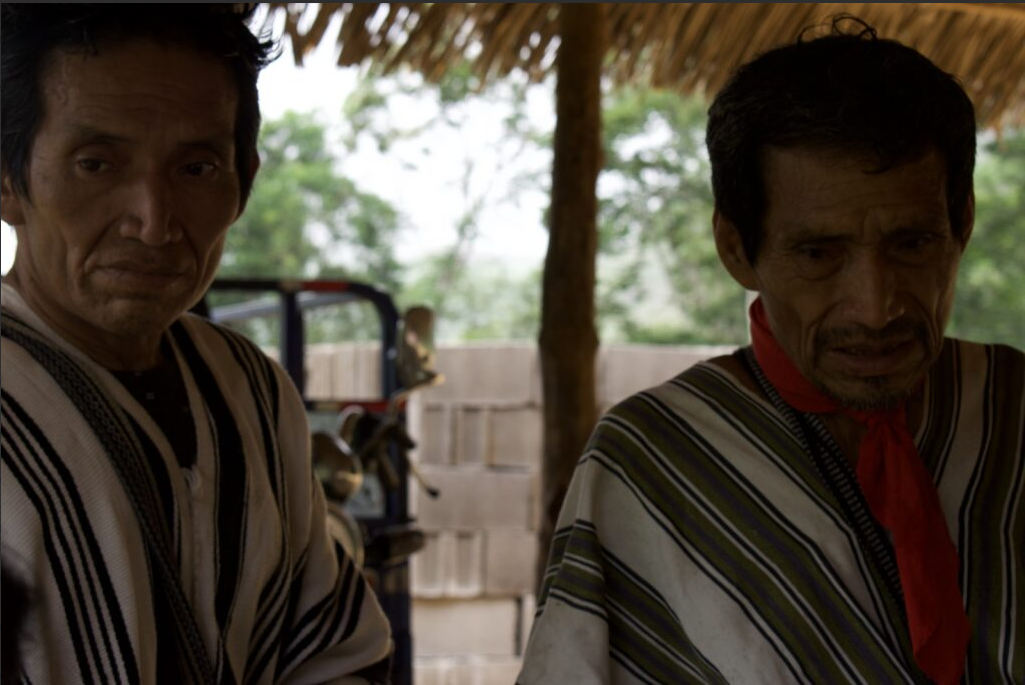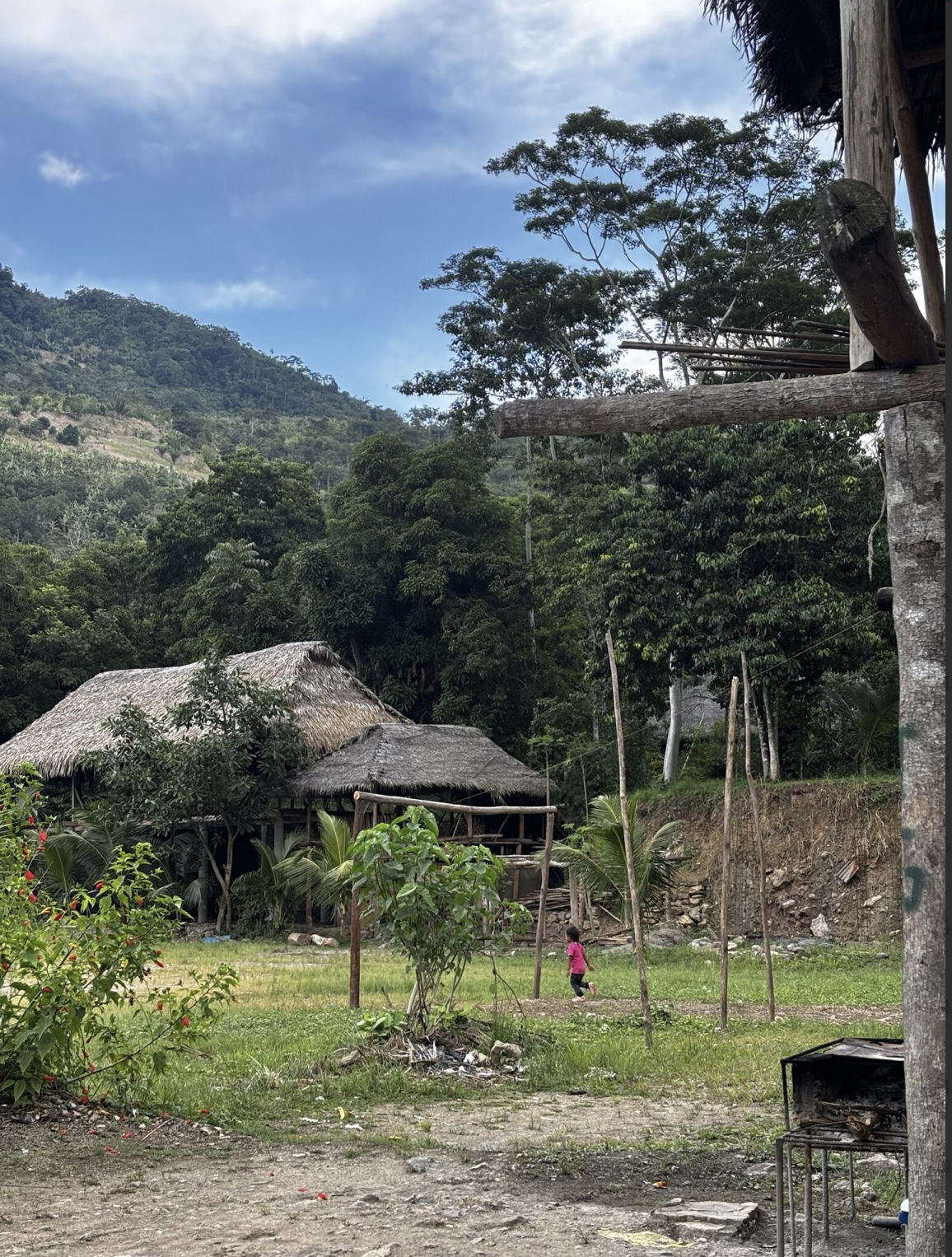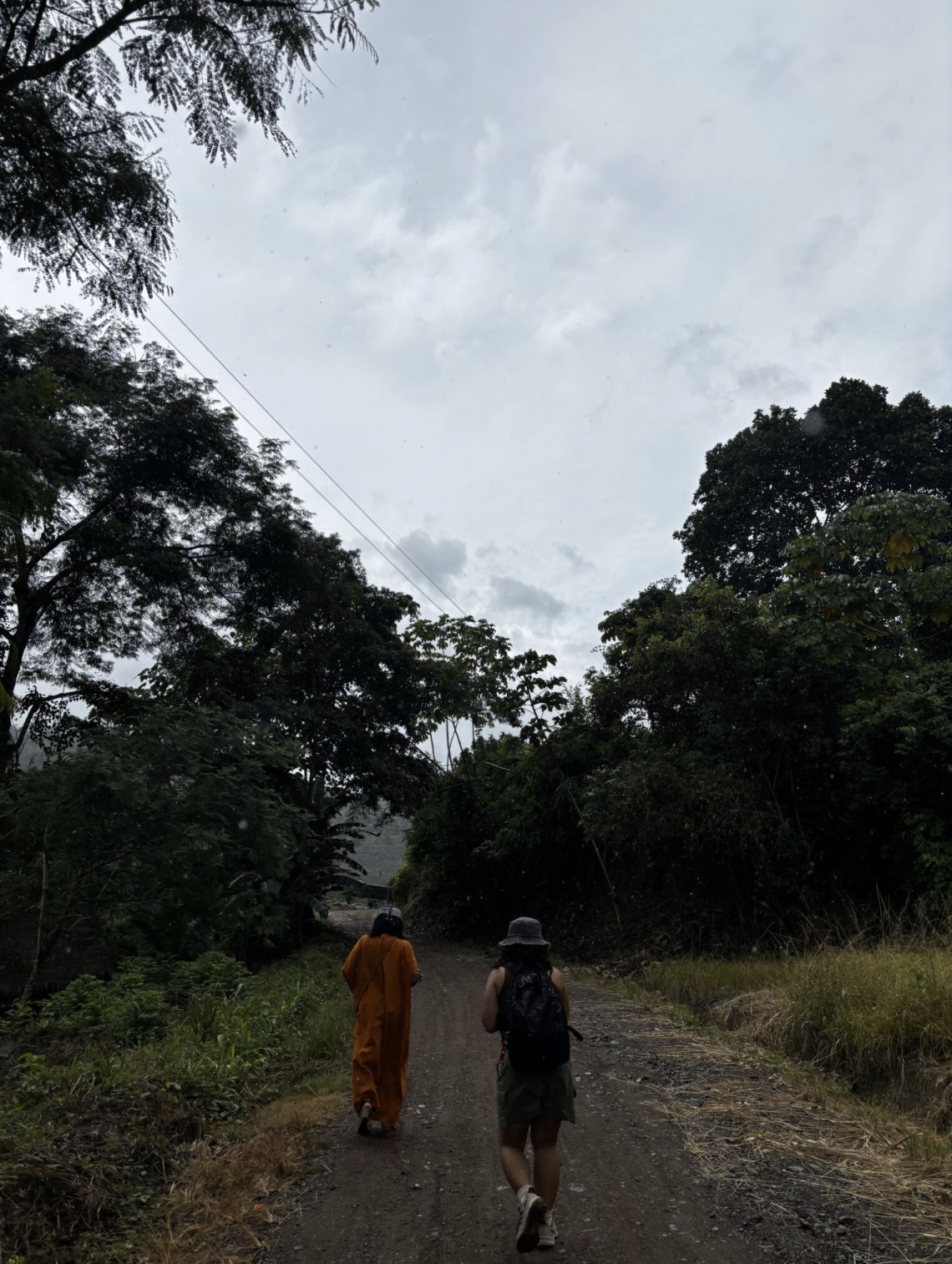
The challenges of communities
The Shankivironi, San Jerónimo and Potsoteni communities face many sociopolitical and environmental challenges, including the advance of illicit economies, violence, loss of cultural identity, climate change, deforestation, forest fires, and environmental degradation, compounded by the COVID-19 pandemic.
Unrelenting violence
In the central Peruvian Amazon, there has been a continuum of violence since the arrival of missionaries in the colonial era, extending into this century. Between the 19th century and the early 20th century, many Amazonian indigenous communities lived in slavery due to the rubber boom and on plantations. Between 1980 and 2000, they endured the internal armed conflict alongside drug trafficking, followed by the boom in extractive industries and, more recently, the expansion of illicit economies in the region.
Violence does not affect all people equally. It is intersectional violence, differentiated by gender, generation and locality. Women are the most affected. There have been advances and changes in the forms of community governance. Today, there are more women in leadership positions within communities. Many are also the ones who care for and protect the forests, which has become a dangerous activity.
The Peruvian
During the first half of the 20th century, the communities of San Jerónimo and Shankivironi were linked to the forced labour imposed by the transnational company Peruvian Corporation, which operated extensively in the central jungle.
The founding families of San Jerónimo worked for more than a decade in exploitative conditions before gaining access to the land that allowed the formation of their community. This episode is part of the communal memory and is linked to the land restitution process promoted by the 1974 Native Communities Law.
In Shankivironi, although memory of Peruvian is not so present, it is recognised that the departure of this company marked the beginning of the communal organisation process. Testimonies indicate that it was after the withdrawal of foreign companies, in the context of the agrarian reform led by Juan Velasco Alvarado, that the possibility of formally requesting recognition and titling of the communal territory was opened.
Subversion
During the 1980s and 1990s, the communities of Shankivironi and San Jerónimo, located in the Perené valley, and the community of Potsoteni on the Ene river, were deeply affected by the violence of the internal armed conflict in Peru. These communities were exposed to the presence of subversive groups such as Shining Path and the MRTA as well as interventions by the armed forces. They joined the Asháninka Army for a communal defence composed of local youths. Self-defence committees were established in the Ene area.
The conflict caused displacement, interruptions to communal life, deaths, mass kidnappings and a deep sense of fear. Many families sought refuge in the mountains or migrated temporarily. Despite community efforts to protect themselves, current testimonies reflect a memory marked by human loss and much violence.
Environmental challenges
The communities of San Jerónimo, Shankivironi and Potsoteni perceive a progressive degradation of their communal lands, associated with climate change and environmental wear. In San Jerónimo, community members indicate that soil quality no longer allows cultivation as before. Today, agriculture requires fertilisers and chemicals, which raises production costs and affects food security. Products that used to grow easily now do not grow without external support.
In Shankivironi, the loss of vegetation has intensified due to logging and changes in crops. Yellow rust affected coffee plantations, prompting the planting of bananas and, more recently, ginger, a crop that requires deforestation and degrades the soil. These changes reduce agricultural sustainability and place communal families in a situation of greater economic vulnerability.
In Potsoteni there are long periods of drought which are not favourable for agriculture. There were several forest fires very close to the community.
Impacts of the pandemic and its relationship with other threats
The three communities face structural challenges that the COVID-19 pandemic significantly intensified. Pre-existing economic crises —dependence on subsistence farming on degraded land, low monetary income and lack of access to credit— worsened with mobility restrictions that disrupted the sale of agricultural products and urban wage labour. Historical educational issues, including deficiencies in the implementation of intercultural bilingual education, were exacerbated by virtual learning during lockdown.
During the COVID-19 pandemic in 2020, the communities of Shankivironi and San Jerónimo adopted self-care protocols such as family isolation, control of entry to their territories and community disinfection. Due to the suspension of assemblies, information was mainly spread through virtual channels such as WhatsApp. Both communities valued the use of medicinal plants to prevent and treat symptoms, such as matico, ginger and eucalyptus, based on ancestral knowledge.
At an economic level, many families returned to the farms due to reduced income from the lockdown. Subsistence farming was key to coping with the food crisis. Access to health services was limited, which strengthened the use of traditional medicine. Although food supplies, hygiene products and financial aid were received in some cases, state support was perceived as insufficient. The experience provided lessons on collective care, territorial resilience and the strengthening of communal practices.

